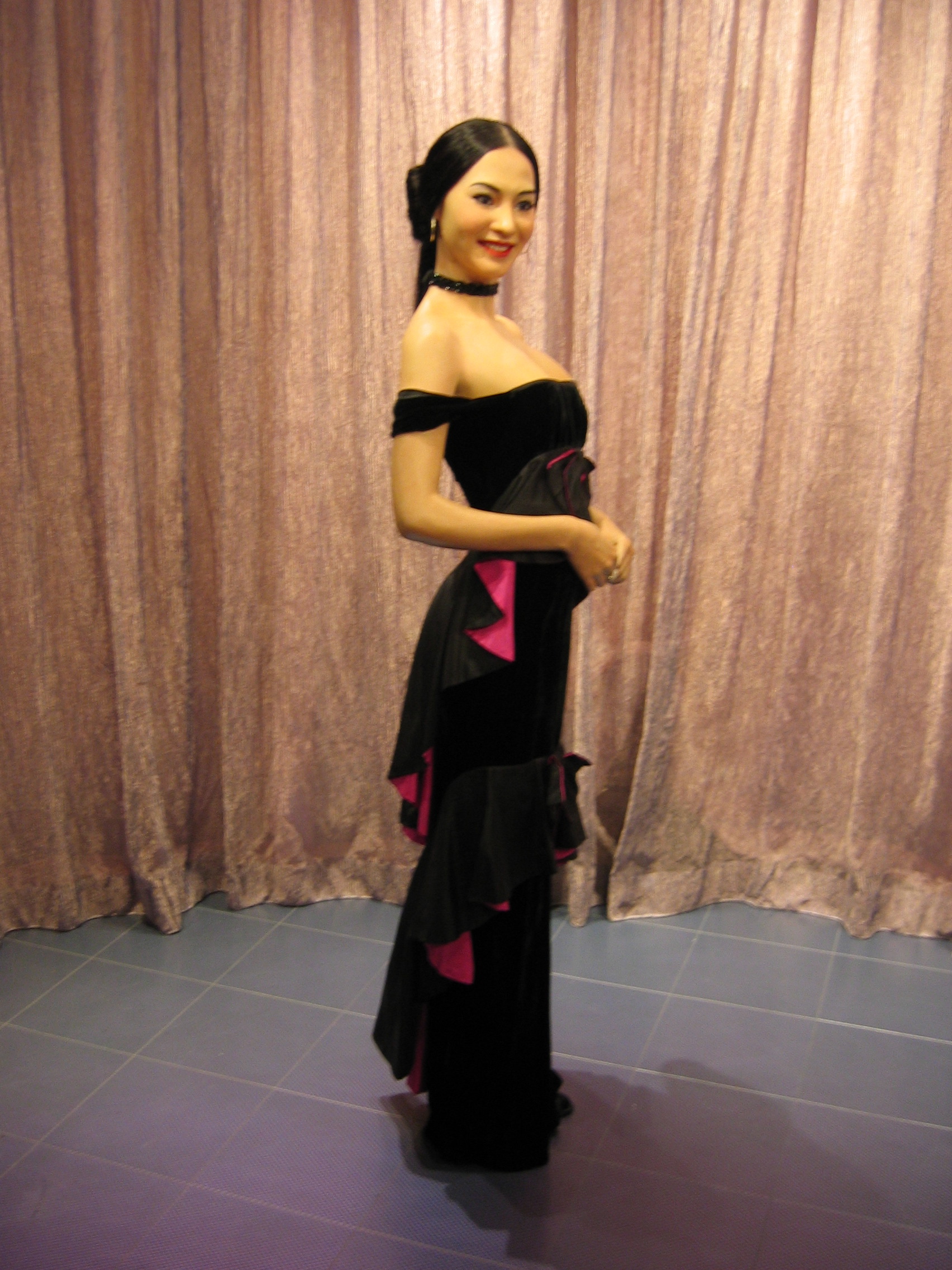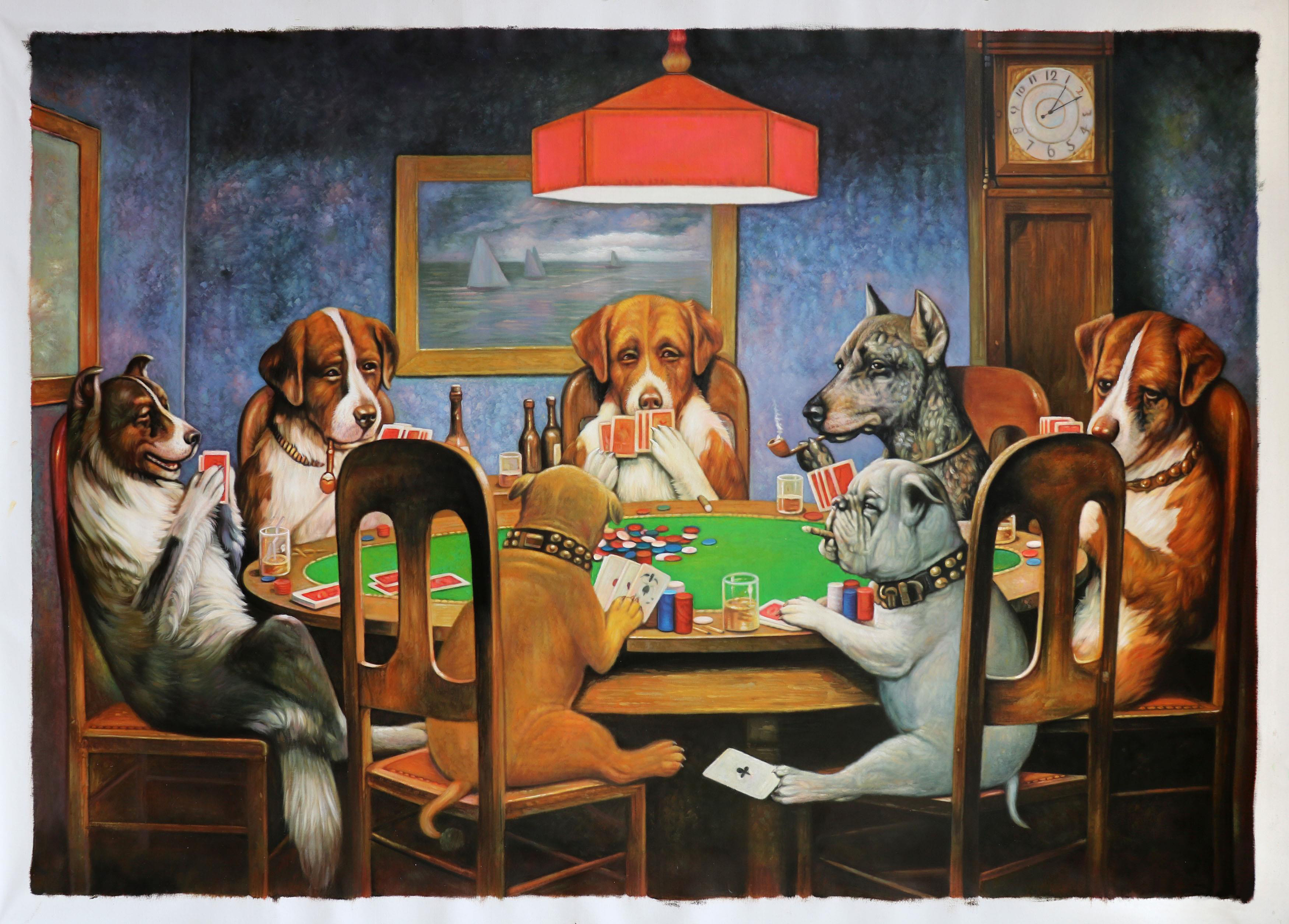|
Cambodian Cultural Village
Cambodian Cultural Village ( km, ភូមិវប្បធម៌កម្ពុជា; CCV) was a theme park and cultural museum in Siem Reap, Cambodia. It was located on road no. 6, from the airport, from the town and from the famous Angkor Wat temple complex. The theme park was constructed in 2001 and opened to the public on 24 September 2003. It covers a total area of 210,000 square meters. The CCV presents miniature versions of important historical buildings and structures, together with local customs. There are eleven unique villages, representing the varied culture heritage of nineteen ethnic groups. At each village are wood houses, carvings in stone, traditional performances in different styles such as Apsara dancing, performances of ethnic minorities from the northeastern part of Cambodia, traditional wedding ceremony rites, circuses, folk games, peacock dancing, acrobatics, elephant shows, boxing, caves of hell and more. Cambodian Cultural Village was considered b ... [...More Info...] [...Related Items...] OR: [Wikipedia] [Google] [Baidu] |
Siem Reap
Siem Reap ( km, សៀមរាប, ) is the second-largest city of Cambodia, as well as the capital and largest city of Siem Reap Province in northwestern Cambodia. Siem Reap has French colonial and Chinese-style architecture in the Old French Quarter and around the Old Market. In the city, there are museums, traditional Apsara dance performances, a Cambodian cultural village, souvenir and handicraft shops, silk farms, rice paddies in the countryside, fishing villages and a bird sanctuary near Tonlé Sap, and a cosmopolitan drinking and dining scene. Cambodia’s Siem Reap city, home to the famous Angkor Wat temples, was crowned the ASEAN City of Culture for the period 2021–2022 at the 9th Meeting of the ASEAN Ministers Responsible for Culture and Arts (AMCA) organised on Oct 22, 2020. Siem Reap today—being a popular tourist destination—has many hotels, resorts, and restaurants. This owes much to its proximity to the Angkor Wat temples, Cambodia's most popular touri ... [...More Info...] [...Related Items...] OR: [Wikipedia] [Google] [Baidu] |
Lonely Planet
Lonely Planet is a travel guide book publisher. Founded in Australia in 1973, the company has printed over 150 million books. History Early years Lonely Planet was founded by married couple Maureen and Tony Wheeler. In 1972, they embarked on an overland trip through Europe and Asia to Australia, following the route of the Oxford and Cambridge Far Eastern Expedition. The company name originates from the misheard "lovely planet" in a song written by Matthew Moore. Lonely Planet's first book, ''Across Asia on the Cheap'', had 94 pages; it was written by the couple in their home. The original 1973 print run consisted of stapled booklets with pale blue cardboard covers. Tony returned to Asia to write ''Across Asia on the Cheap: A Complete Guide to Making the Overland Trip'', published in 1975. Expansion The Lonely Planet guide book series initially expanded to cover other countries in Asia, with the India guide book in 1981, and expanded to rest of the world later on. G ... [...More Info...] [...Related Items...] OR: [Wikipedia] [Google] [Baidu] |
Museums In Siem Reap
A museum ( ; plural museums or, rarely, musea) is a building or institution that cares for and displays a collection of artifacts and other objects of artistic, cultural, historical, or scientific importance. Many public museums make these items available for public viewing through exhibits that may be permanent or temporary. The largest museums are located in major cities throughout the world, while thousands of local museums exist in smaller cities, towns, and rural areas. Museums have varying aims, ranging from the conservation and documentation of their collection, serving researchers and specialists, to catering to the general public. The goal of serving researchers is not only scientific, but intended to serve the general public. There are many types of museums, including art museums, natural history museums, science museums, war museums, and children's museums. According to the International Council of Museums (ICOM), there are more than 55,000 museums in 202 countries ... [...More Info...] [...Related Items...] OR: [Wikipedia] [Google] [Baidu] |
Amusement Parks In Cambodia
Amusement is the state of experience, experiencing humour, humorous and entertainment, entertaining events or situations while the person or animal actively maintains the experience, and is associated with enjoyment, happiness, laughter and pleasure. It is an emotion with positive valence and high physiological arousal. Amusement is considered an "epistemological" emotion because humor occurs when one experiences a cognitive shift from one knowledge structure about a target to another, such as hearing the punchline of a joke. The pleasant surprise that happens from learning this new information leads to a state of amusement which people often express through smiling, laughter or chuckling. Current studies have not yet reached consensus on the exact purpose of amusement, though theories have been advanced in the fields of psychology, psychiatry, and sociology. In addition, the precise mechanism that causes a given element (image, sound, behavior, etc.) to be perceived as more or ... [...More Info...] [...Related Items...] OR: [Wikipedia] [Google] [Baidu] |
Museums Established In 2003
A museum ( ; plural museums or, rarely, musea) is a building or institution that cares for and displays a collection of artifacts and other objects of artistic, cultural, historical, or scientific importance. Many public museums make these items available for public viewing through exhibits that may be permanent or temporary. The largest museums are located in major cities throughout the world, while thousands of local museums exist in smaller cities, towns, and rural areas. Museums have varying aims, ranging from the conservation and documentation of their collection, serving researchers and specialists, to catering to the general public. The goal of serving researchers is not only scientific, but intended to serve the general public. There are many types of museums, including art museums, natural history museums, science museums, war museums, and children's museums. According to the International Council of Museums (ICOM), there are more than 55,000 museums in 202 countries ... [...More Info...] [...Related Items...] OR: [Wikipedia] [Google] [Baidu] |
2001 Establishments In Cambodia
1 (one, unit, unity) is a number representing a single or the only entity. 1 is also a numerical digit and represents a single unit of counting or measurement. For example, a line segment of ''unit length'' is a line segment of length 1. In conventions of sign where zero is considered neither positive nor negative, 1 is the first and smallest positive integer. It is also sometimes considered the first of the infinite sequence of natural numbers, followed by 2, although by other definitions 1 is the second natural number, following 0. The fundamental mathematical property of 1 is to be a multiplicative identity, meaning that any number multiplied by 1 equals the same number. Most if not all properties of 1 can be deduced from this. In advanced mathematics, a multiplicative identity is often denoted 1, even if it is not a number. 1 is by convention not considered a prime number; this was not universally accepted until the mid-20th century. Additionally, 1 is th ... [...More Info...] [...Related Items...] OR: [Wikipedia] [Google] [Baidu] |
COVID-19 Pandemic In Cambodia
The COVID-19 pandemic in Cambodia is part of the ongoing worldwide pandemic of coronavirus disease 2019 () caused by severe acute respiratory syndrome coronavirus 2 (). The first imported case in Cambodia was detected in Sihanoukville on 27 January 2020. Although a number of imported cases and transmission to direct contacts were confirmed throughout 2020, no community transmission was detected until 29 November 2020. As of July 2021, Phnom Penh has been the most affected province with the majority of infections and deaths. Banteay Meanchey has the second-highest number of infections, whereas Kandal has second-highest number of deaths. The public health response is led by the Ministry of Health, Cambodia, Ministry of Health with support from Centers for Disease Control and Prevention, the U.S. Centers for Disease Control and Prevention, World Health Organization and Institut Pasteur du Cambodge. Contact tracing, quarantining, screening of arrivals and public messaging r ... [...More Info...] [...Related Items...] OR: [Wikipedia] [Google] [Baidu] |
Impact Of The COVID-19 Pandemic On Tourism
The COVID-19 pandemic has impacted the tourism industry due to the resulting travel restrictions as well as slump in demand among travelers. The tourism industry has been massively affected by the spread of coronavirus, as many countries have introduced travel restrictions in an attempt to contain its spread. The United Nations World Tourism Organization estimated that global international tourist arrivals might decrease by 58% to 78% in 2020, leading to a potential loss of US $0.9–1.2 trillion in international tourism receipts. In many of the world's cities, planned travel went down by 80–90%. Conflicting and unilateral travel restrictions occurred regionally and many tourist attractions around the world, such as museums, amusement parks, and sports venues closed down. UNWTO reported a 65% drop in international tourist arrivals in the first six months of 2020. Air passenger travel showed a similar decline. The United Nations Conference on Trade and Development released ... [...More Info...] [...Related Items...] OR: [Wikipedia] [Google] [Baidu] |
Wax Museum
A wax museum or waxworks usually consists of a collection of wax sculptures representing famous people from history and contemporary personalities exhibited in lifelike poses, wearing real clothes. Some wax museums have a special section dubbed the " Chamber of Horrors", in which the more grisly exhibits are displayed. Some collections are more specialized, as, for example, collections of wax medical models once used for training medical professionals. Many museums or displays in historical houses that are not wax museums as such use wax figures as part of their displays. The origin of wax museums goes back to the early 18th century at least, and wax funeral effigies of royalty and some other figures exhibited by their tombs had essentially been tourist attractions well before that. History before 1800 The making of life-size wax figures wearing real clothes grew out of the funeral practices of European royalty. In the Middle Ages it was the habit to carry the corpse, fully dr ... [...More Info...] [...Related Items...] OR: [Wikipedia] [Google] [Baidu] |
Kitsch
Kitsch ( ; loanword from German) is a term applied to art and design that is perceived as naïve imitation, overly-eccentric, gratuitous, or of banal taste. The avant-garde opposed kitsch as melodramatic and superficial affiliation with the human condition and its natural standards of beauty. In the first half of the 20th century, kitsch referred to products of pop culture that lacked the depth of fine art. However, since the emergence of Pop Art in the 1950s, kitsch is sometimes re-appreciated in knowingly ironic, humorous or earnest fashion. To brand visual art as "kitsch" is often still pejorative, though not exclusively. Art deemed kitsch may be enjoyed in an entirely positive and sincere manner. For example, it carries the ability to be quaint or "quirky" without being offensive on the surface, as in the ''Dogs Playing Poker'' paintings. Kitsch can refer to music, literature, or any work, and relates to camp, as they both incorporate irony and extravagance. Hi ... [...More Info...] [...Related Items...] OR: [Wikipedia] [Google] [Baidu] |
Cambodia
Cambodia (; also Kampuchea ; km, កម្ពុជា, UNGEGN: ), officially the Kingdom of Cambodia, is a country located in the southern portion of the Indochinese Peninsula in Southeast Asia, spanning an area of , bordered by Thailand to the northwest, Laos to the north, Vietnam to the east, and the Gulf of Thailand to the southwest. The capital and largest city is Phnom Penh. The sovereign state of Cambodia has a population of over 17 million. Buddhism is enshrined in the constitution as the official state religion, and is practised by more than 97% of the population. Cambodia's minority groups include Vietnamese, Chinese, Chams and 30 hill tribes. Cambodia has a tropical monsoon climate of two seasons, and the country is made up of a central floodplain around the Tonlé Sap lake and Mekong Delta, surrounded by mountainous regions. The capital and largest city is Phnom Penh, the political, economic and cultural centre of Cambodia. The kingdom is an elective co ... [...More Info...] [...Related Items...] OR: [Wikipedia] [Google] [Baidu] |
Peacock Dance
The peacock dance or peafowl dance is a traditional Asian folk dance that describes the beauty and the movement of peacocks. There are several peacock dance traditions developed in Asia, among others are peacock dances of Myanmar, and in the western and northern parts of Cambodia, West Java in Indonesia, also peacock dances of Indian subcontinent in Southern India, Sri Lanka, and Bangladesh. China Peacock as a totem of the Dai people in the southwestern Chinese province Yunnan, one of the 56 ethnic groups in China, is an essential part of the cultural and spiritual aspects of the Dai people. The peacock dance as the most famous and traditional performance dance among the folk dances of the Dai people is prevalent in Ruili, Luxi located in Dehong Dai and Jingpo Autonomous Prefecture, Mengding, Mengda, Jinggu Dai and Yi Autonomous County, Cangyuan Va Autonomous County and other inhabitation regions of the Dai People. The peacock dance of the Dai ethnic group has a very long hist ... [...More Info...] [...Related Items...] OR: [Wikipedia] [Google] [Baidu] |







